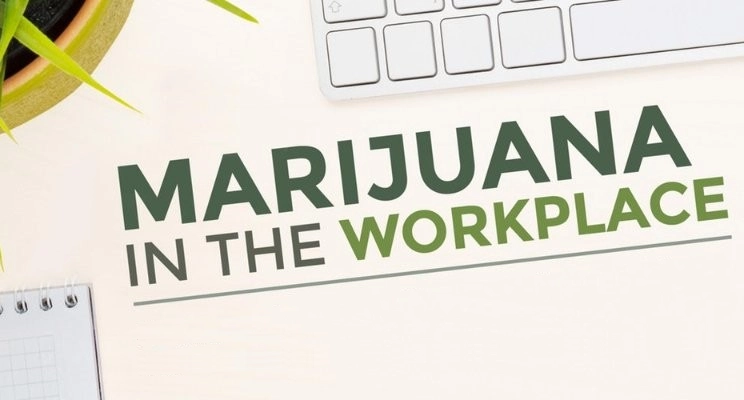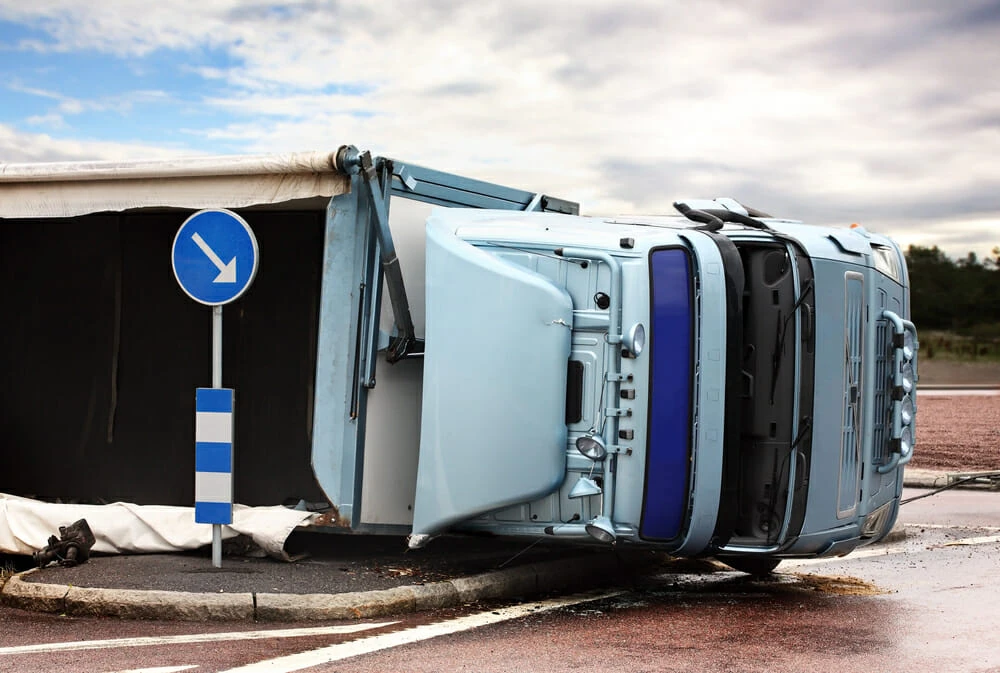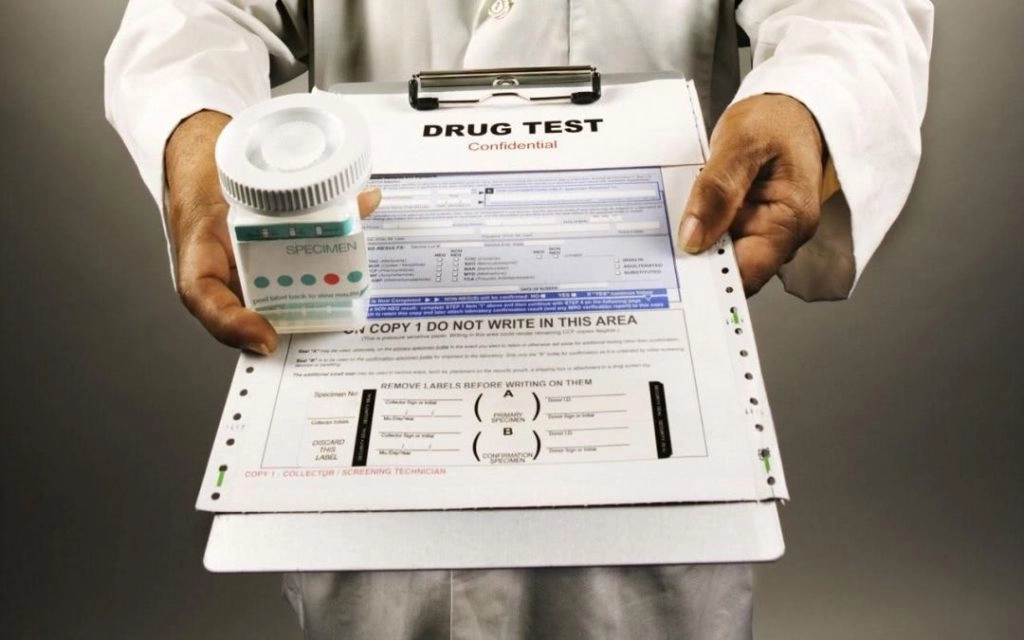Let's Explore Our Testing Service
Random Drug Testing
Drug and Alcohol Testing
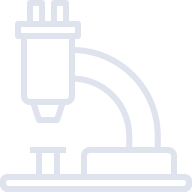
Random Drug Testing
In the logistics industry of North America, random drug testing refers to the practice of selecting employees for drug screenings without prior suspicion or specific cause. This is mandated, not random, for certain positions, following regulations set by the U.S. Department of Transportation (DOT) & Canadian Department of Transportation (DOT).
Who is subject to testing:
- Employees performing safety-sensitive functions: This includes drivers holding a Commercial Driver’s License (CDL), mechanics who work on safety-critical vehicle components, and other personnel whose actions could directly impact safety during transportation operations.
How it works:
- The DOT sets minimum random testing rates for each year, which companies must adhere to. For 2024, for instance, the random drug testing rate is 50% for drivers and 10% for other covered employees.
- Companies utilize a random selection process to choose employees for testing. This ensures fairness and eliminates the possibility of targeting specific individuals.
- Types of tests: Urine analysis is the most common method, but other options like oral fluid testing might also be used.
Benefits of random drug testing (as cited by proponents):
- Enhanced safety: By deterring drug use and identifying individuals with substance abuse problems, random testing aims to create a safer work environment, potentially reducing accidents and injuries.
- Reduced liability: Companies complying with DOT regulations can minimize their legal and financial liabilities in case of accidents involving employees under the influence of drugs.
- Public confidence: Random testing can contribute to building public trust in the safety practices of the logistics industry.
It’s important to note that the effectiveness and ethics of random drug testing are a subject of ongoing debate. Critics argue that it:
- Violates employee privacy and can have a chilling effect on workplace morale.
- May not be the most effective way to identify and address employee substance abuse issues, as it doesn’t necessarily catch those who use drugs infrequently.
- Discriminates against individuals who use legal substances outside of work hours, as detection windows for some drugs can be long.
Ultimately, the decision to implement random drug testing lies with individual companies in the logistics industry, keeping in mind the potential benefits and drawbacks, and adhering to relevant regulations.
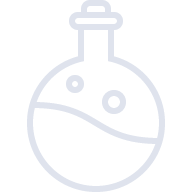
Drug and Alcohol Testing
In the North American logistics industry, drug and alcohol testing encompasses a broader program than just random drug tests. It’s a multi-pronged approach aimed at creating a safe and drug-free work environment, mandated by the U.S. Department of Transportation (DOT) for specific personnel & Canadian Department of Transportation (DOT).
Here's an overview of the different types of drug and alcohol testing in the industry:
- Pre-employment testing: Assesses potential employees for drug and alcohol use before they are hired for safety-sensitive positions.
- Random testing: As discussed earlier, selects employees for testing without prior suspicion, adhering to DOT-mandated minimum rates.
- Reasonable suspicion testing: Conducted when a supervisor observes behavior or receives information leading them to believe an employee is under the influence.
- Post-accident testing: Mandatory after any accident involving a commercial motor vehicle, regardless of fault.
- Return-to-duty testing: Required for employees who have violated testing regulations before they can resume safety-sensitive functions.
Benefits of drug and alcohol testing programs:
- Enhanced safety: By deterring use and identifying individuals with substance abuse problems, the program aims to minimize the risk of accidents and injuries, protecting employees, the public, and cargo.
- Compliance with regulations: Adherence to DOT regulations helps companies avoid legal and financial liabilities associated with accidents involving employees under the influence.
- Insurance benefits: Some insurance companies offer lower premiums to companies with established drug and alcohol testing programs, potentially reducing operational costs.
- Public confidence: Implementing a comprehensive program can contribute to building public trust in the safety practices of the logistics industry.
However, similar to random drug testing, the effectiveness and ethics of the broader program are debated:
- Privacy concerns: Critics argue the program can be intrusive and infringe on employee privacy, particularly with per-employment testing.
- Cost considerations: Implementing and maintaining the program can be a significant financial burden for companies.
- Potential for discrimination: Concerns exist that the program might disproportionately affect individuals with certain medical conditions or those who use legal substances outside of work hours.
Ultimately, companies in the North American logistics industry must weigh the potential benefits and drawbacks of implementing a drug and alcohol testing program while adhering to all relevant DOT regulations and ensuring compliance with ethical and legal considerations.
Simple Step To Get Our Services
Workflow of our services
Identify Your Needs
Identify your exact need as per your staff strength
Negotiations & Agreements
If you have bulk requirement then we can negotiate on annual basis
Payment & Administration
Pay us with easy & multiple payment options
Get Evaluation & Feedback
Download your reports online & give us your valuable feedback
Identify Your Needs
Identify your exact need as per your staff strength
Negotiations & Agreements
If you have bulk requirement then we can negotiate on annual basis
Payment & Administration
Pay us with easy & multiple payment options
Get Evaluation & Feedback
Download your reports online & give us your valuable feedback
Looking for More Information for service assistance? Contact Us
News & Article
Clear and concise: The Case for Random Drug Testing: Balancing Safety and Legality
Ensuring the safety and well-being of employees is crucial in any workplace. However, balancing this with employee privacy, especially when...
Cannabis and Workplace Safety: Balancing Legalization with a Safe Work Environment
The legalization of cannabis for recreational use...
A Guide through the Aftermath: Understanding DOT FMCSA Post-Accident Drug Testing Criteria
It is of the utmost importance that...
A Comprehensive Guide to Pre-Employment Drug Testing: Understanding the Process and Your Rights
Providing a working environment that is both...



